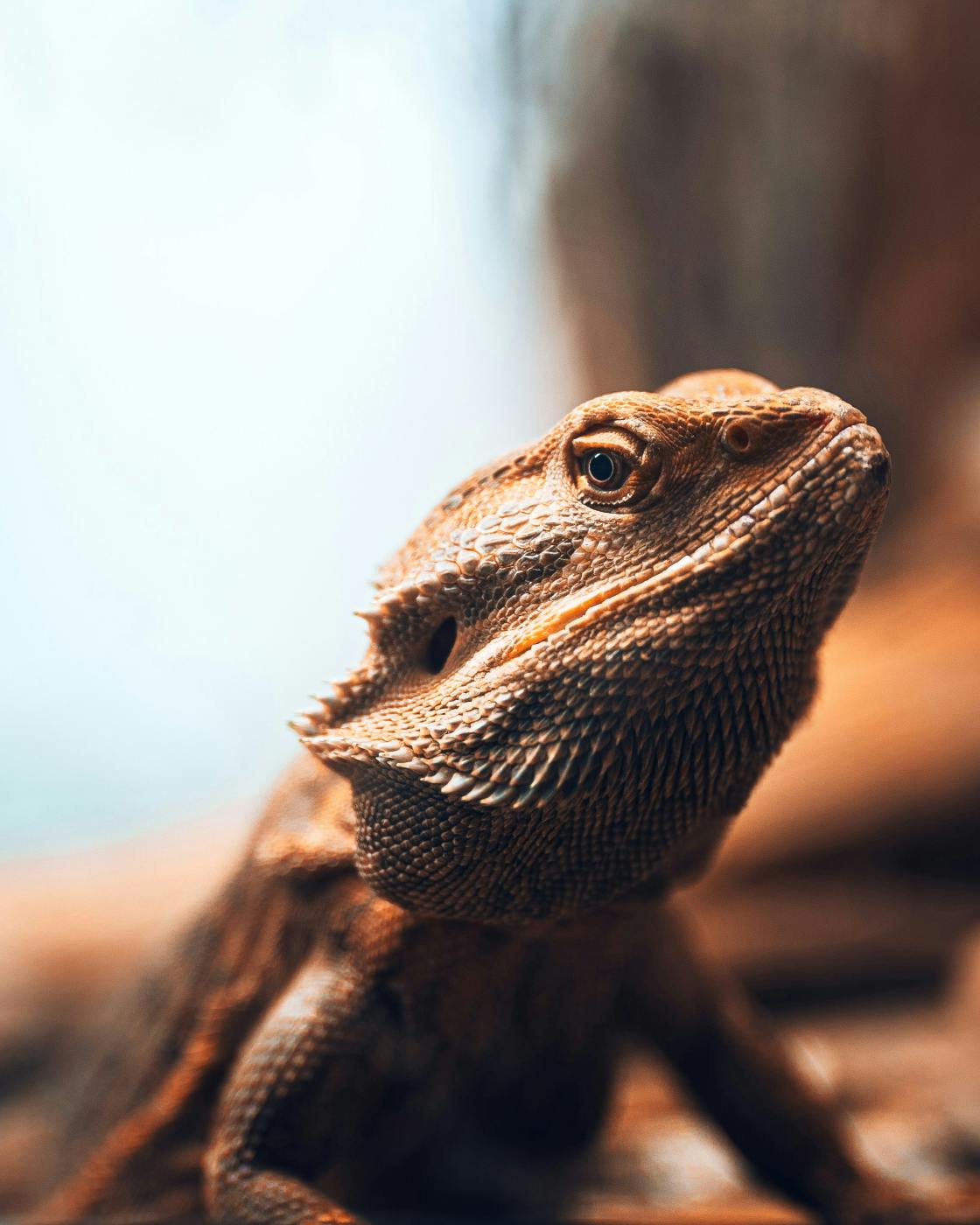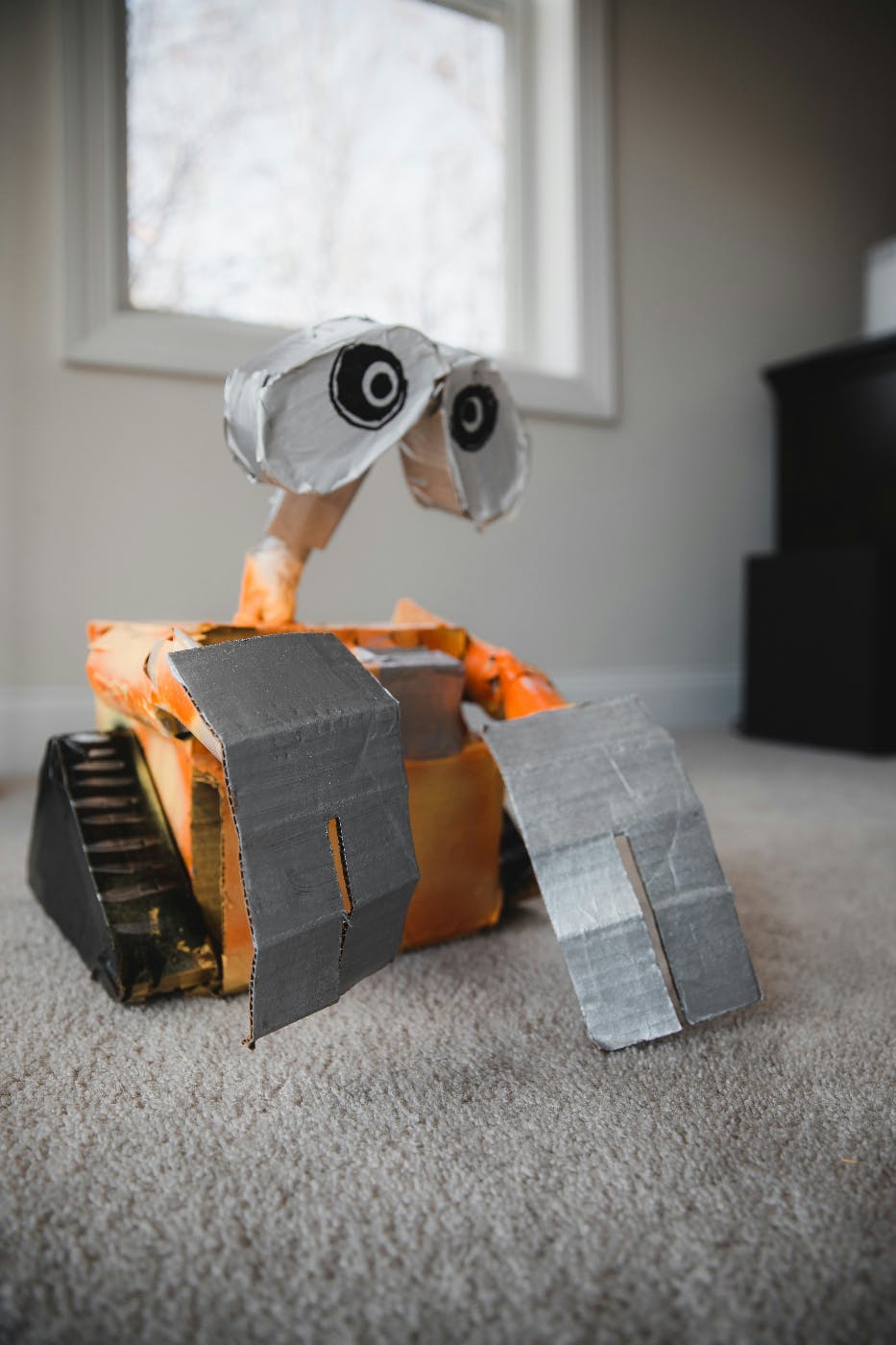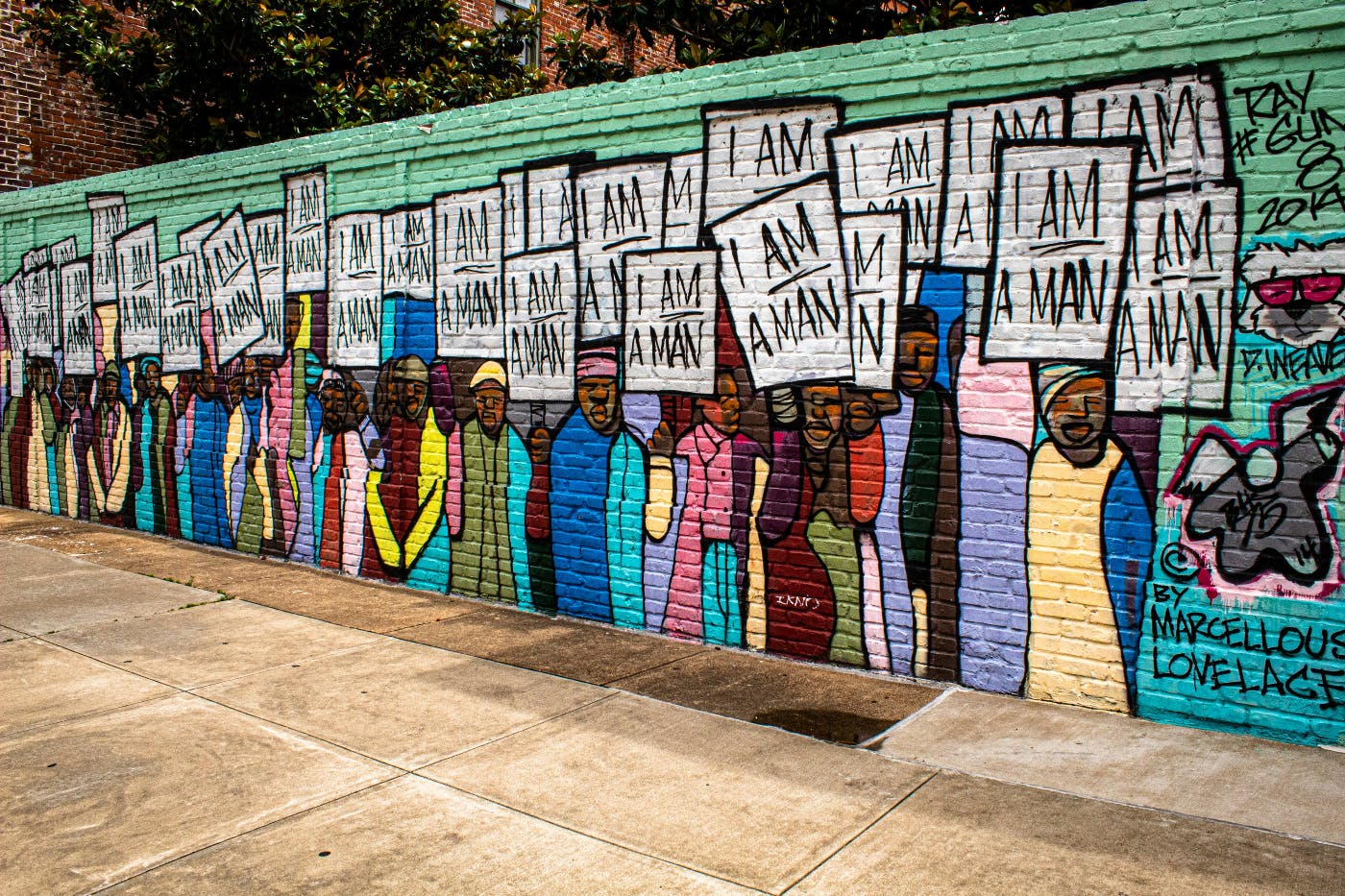
When was the last time you read the whole contract or the service agreement before you clicked the I agree or accept button?
It’s Friday, and as is my wont, I am writing about Lord knows what. Lord knows. Fridays are kind of free form for me, not for my company but for me personally. I spend the week writing about the business, the field, the newest and the greatest in terms of marketing and design, and then, on Fridays, I like to deviate, kick out the jams a bit, and write about something that has happened to me or that I, irrationally fear is going to happen.
There are things we do in this technology-driven age that have become second nature, reflex if you will. Things that once gave us pause, we no longer give a millisecond of thought. Don’t believe me? When was the last time you read the whole contract or the service agreement before you clicked the I agree or accept button? Read the agreement, always, all of it, before you click the button. The weird stuff is at the end, the place they never think you’ll get to. Read it. A friend of mine didn’t read the service agreement on his Apple iFryer, and now, weekly, he has to perform minor surgery on sex dolls in a clinic in Miami. He’s not a surgeon, and the whole thing is ridiculous, but he signed the agreement.
Something has been bothering me lately, and it came to a head last night. It’s the I am human button you find on some sites. Places that want you to prove you’re a real person before you can view their content or order their sticky cheese. Of course, I’m human; what machine do you know that covets stinky cheese like a human does? Robots don’t smell so they don’t care about the stinky level of the cheese. Only humans do that, so why do I need the button?
I asked that question in my head and never answered it, but I clicked the button. I put my cursor on it, and I clicked, telling all the world that I am human, identifying myself as a member of the human race, time and time again, without thinking. Yup, I didn’t think or read; I just clicked.
Turns out the I am human button is more than a way to identify you and allow you access to all the content and all the stinky cheese; it’s actually an incantation.
Late last night, I was doing some work, and I went to a site to get the stats on the best ways to sneak a tray of loaded chicken nachos into the Louvre. I’m writing an article for Field & Stream, and I came to a site that asked me to prove my humanity by clicking the button. I hovered my cursor and was about to click when a few late-to-the-party trick-or-treaters knocked on my door. It’s March. After giving them canned Spam and Soft Scrub, I returned to my desk and made a startling discovery.
While dealing with the time-challenged trick-or-treaters, Dusty, my bearded dragon lizard, had wandered over my keyboard and had accidentally (or on purpose, you never know with the bearded dragon) depressed the keys, causing them to click the box next to the words I am human. At which point, Dusty was instantly transformed into a human being, retaining many of his bearded dragon traits.

Now, I’m sure you can imagine my chagrin when I looked in my office and saw a 6-foot-tall naked human/lizard hybrid stuck to the wall, head darting back and forth, eyes searching wildly.
It was a sight that could have easily been pulled from a sci-fi B-movie. My heart raced as I tried to process what I was seeing. Dusty, my loyal reptilian companion, now occupied the wall before me as a bewildered human-lizard hybrid. Panic threatened to overwhelm me, but I knew I had to act quickly.
First things first, I had to cover Dusty up. I grabbed a nearby afghan and hastily draped it around his now-human form, hoping to preserve whatever remained of his dignity. Next, I had to figure out how to reverse this bizarre transformation.
Frantically, I searched the internet for any information on reversing accidental human-lizard transmutations. Surprisingly, no helpful articles or forums were dedicated to such an obscure dilemma. It seemed I was on my own.
With trembling hands, I returned to the site with the "I am human" button, hoping against hope that clicking it again would somehow undo what had been done. But as I hovered over the button, doubt crept in. What if clicking it only made things worse?
This thought caused me to jump back away from the computer in fear. As I did so, I knocked my coffee cup over onto the keyboard, depressing the I am human button, and suddenly, my angry birds coffee mug was an angry person standing on top of my desk.
I was now deep into panic and fumbling about for some sort of weapon in case the bird-person decided to focus its anger on me. In my scramble, I knocked over my pencil cup, which, of course, hit the keys, depressing the button, and now, I had six number two pencil people and two fountain pen people also standing on my desk. On the wall, Dusty watched the whole situation unfolding with barely a change of expression.
The pencil and pen people made themselves at home, sitting on the couch, drinking all my coffee, and ordering movies online. I decided to call the police. But how would I explain all this? Would they believe me? I doubted it. Instead, I dialed the only person I knew who might have some insight into this strange predicament – Dr. Isabella Finch, a brilliant but eccentric herpetologist I had interviewed for a previous article.
As I explained the situation to Dr. Finch over the phone, her initial skepticism quickly turned to excitement. She had been studying a similar phenomenon in her research. She was currently living with a Bosc pear that had taken semi-human form when she accidentally dropped it on her keyboard while buying hiking shorts for her Brookesia nana, the smallest lizard in the world. The pear became, like Dusty, human. Human-ish? Human-like? Anyway, she had experience and believed she might have a solution.
Rushing to my aid, Dr. Finch arrived at my doorstep within the hour, armed with an array of scientific equipment, a nice charcuterie tray, and a determined expression. Together, we worked tirelessly into the night, conducting experiments and analyzing data in a desperate attempt to reverse Dusty's and the rest’s transformation.
Finally, after hours of trial and error, three pizzas, two bottles of cabernet, and a preview of her one-woman musical, “You Regenerate My Heart like a Lizard Regenerates its Leg,” an interesting piece about love, larva, and loss, which I said was good, but the pencils thought was derivative, we stumbled upon a breakthrough. By recalibrating the frequencies emitted by the "I am human" button, we were able to trigger a reverse transformation, returning Dusty, the angry birds mug, the pens, and pencils to their original form as a bearded dragon, various office supplies and an upset coffee mug.

Exhausted but relieved, I watched as Dusty scurried back to his terrarium, seemingly unfazed by the ordeal he had just endured. As I cleaned up the remnants of our impromptu laboratory, I couldn't help but marvel at the unpredictable nature of life – and the dangers that lurked behind even the most innocuous of buttons.
Let this serve as a cautionary tale. The next time you encounter an "I am human" button, pause for a moment and consider the consequences. You never know what strange and unforeseen adventures may lie on the other side.
In reality, when you click the, I am human, or I am not a robot button, a CAPTCHA or a “Completely Automated Public Turing Test to Tell Computers and Humans Apart.” kicks in. Then it sends a bunch of information to Google, like your cursor movement as you go to click that checkbox (apparently humans move their cursors with more randomness than a computer), your cookies, and device history, according to Cloudflare.
Google uses that information to determine the probability that you are a human or a robot. Google then sends that score to the website, and if the score is high enough, you’ll be let into the site.
Simply put, by clicking “I’m not a robot,” you are giving Google permission to analyze your online behavior to determine if you are a human. So they say. Experience has taught me that there’s more going on here than most people think. How reliable are these checks? Not very.
Ironically, it turns out robots may be better at proving that they aren’t robots than humans.
A July 2023 study by researchers at the University of California found that AI bots were more efficient at solving CAPTCHAs than humans.
By comparing the speed and accuracy of 1,400 participants versus AI bots in solving 14,000 CAPTCHAs, the researchers found that bots were far better than humans at beating these tests.
The bots were 99.8 accurate, while humans ranged from 50% to 84% accuracy.
So, clearly, the I am not a robot, or I am human buttons are the start of the robot revolution where clicking a button can turn your mild-mannered household objects and even pets into semi-humans ready to do the bidding of their AI overlords.
There you go, the reality behind the buttons. You know you’re human; you don’t have to prove that to anyone unless you want to buy stuff online, in which case you have to prove it to the giant mind.
Good luck, and happy Friday!!

